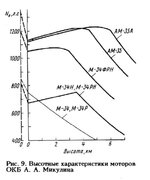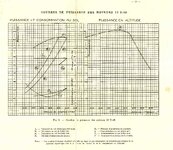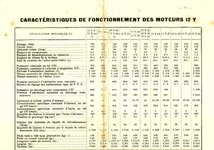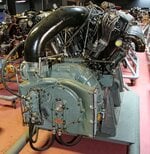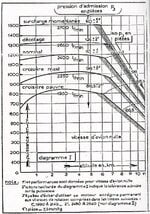- Thread starter
- #361
TM06
Airman 1st Class
For a frame of reference and out of curiosity; how does that 80% efficiency rating compare to other superchargers around the world during the same time period, on radials or otherwise?For the 14R, this was of no interest since this engine's supercharger (in its second version with axial entry, from the 14R 04/05) had very high performances, with an efficiency close to 80%.
From everything I've read, I'd imagine it would be a good bit better than the 801's supercharger and leaps and bounds better than the superchargers on Italian radials.

 had one. I do not know when Polikovski worked on his swirl throttle (completely independently and possibly unaware of French developments). It is rather unfortunate that the French system didn't spread directly to the Soviet HS-12Y developments as this was probably the easiest possible integration option out of any non-French engines.
had one. I do not know when Polikovski worked on his swirl throttle (completely independently and possibly unaware of French developments). It is rather unfortunate that the French system didn't spread directly to the Soviet HS-12Y developments as this was probably the easiest possible integration option out of any non-French engines.